Letter of Employment Template for UK Job Offers
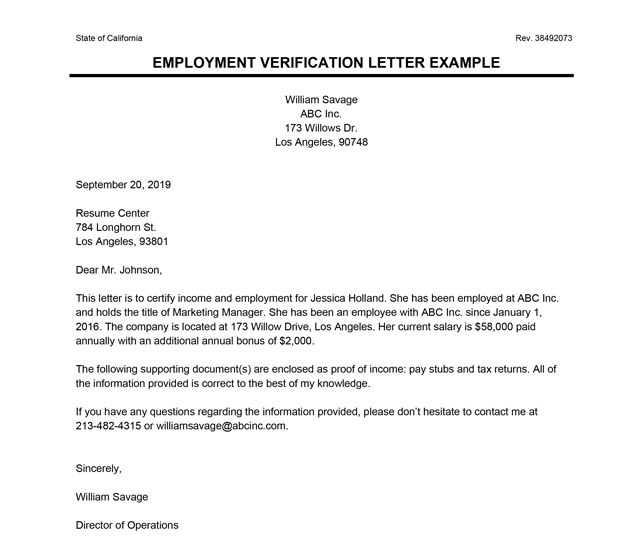
Creating a formal document to confirm a person’s role within an organization is a crucial step in the hiring process. This essential document serves as a record of the relationship between the employer and the new team member. Understanding how to structure and format it properly ensures clarity and avoids misunderstandings down the line.
In this guide, we will explore the key components that should be included when drafting such a document. Whether it is for a new hire or a contract renewal, these details help protect both parties by setting clear expectations and agreements. Crafting this document correctly can also contribute to a positive professional relationship from the start.
Effective communication and clarity are the cornerstones of this process. By paying attention to the format and language, you can ensure the document serves its intended purpose without confusion. Additionally, knowing the legal requirements will further strengthen the document’s validity.
Understanding the Essential Elements
When drafting a formal document confirming a person’s role within a company, it’s crucial to include all necessary details that ensure mutual understanding between both parties. This type of document serves as a binding agreement, outlining job responsibilities, terms, and conditions. By including the right information, both the employer and employee can proceed with confidence.
Basic Information and Position Details
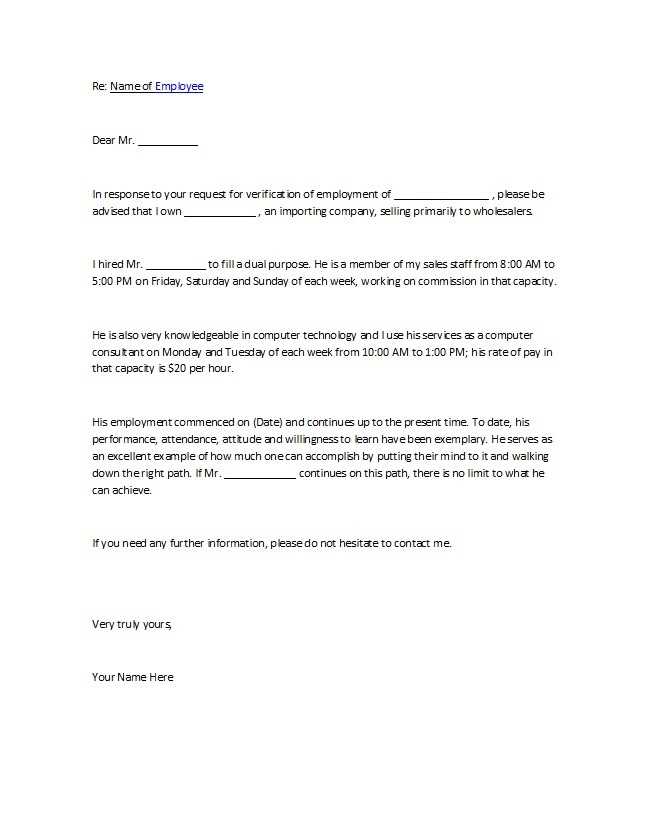
The first section should clearly outline the job title and the primary responsibilities the individual will undertake. This helps set expectations and provides the employee with a clear understanding of their role. Additionally, including the start date and the workplace location will help define the scope of the employment agreement.
Compensation and Benefits
Clearly outlining the payment terms, salary, and any additional benefits is crucial. This ensures transparency regarding compensation and avoids misunderstandings about remuneration, bonuses, or other perks. Any performance-based incentives or benefits should also be specified to give the individual a complete view of their package.
Clarity and precision are vital in drafting such a document to avoid confusion. Including all necessary legal aspects ensures both parties are protected and fully aware of their rights and obligations.
How to Create a Job Offer
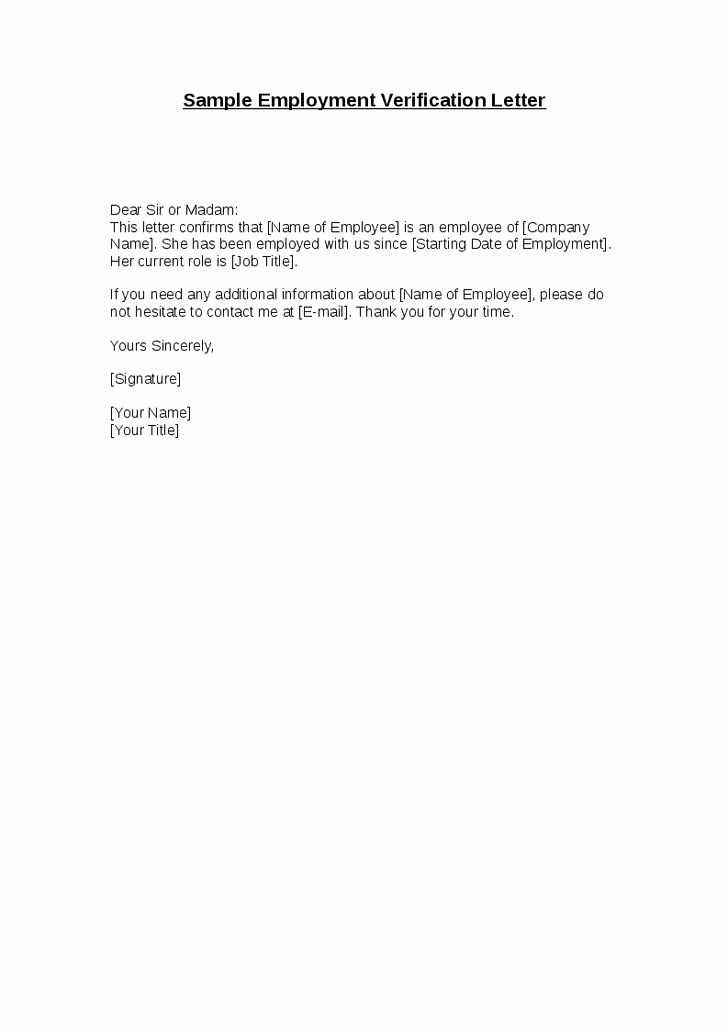
Creating a formal offer for a new team member involves clearly outlining the role and expectations. A well-crafted job offer ensures that both the employer and the prospective employee have a mutual understanding of the terms and conditions of employment. The following steps will guide you through the process of making a clear and professional offer.
Key Steps in Crafting a Job Offer
- Identify the Position: Clearly state the job title, responsibilities, and any relevant department details.
- Salary and Benefits: Outline the proposed compensation, including base salary, bonuses, and any additional perks or allowances.
- Employment Terms: Specify the length of the contract, working hours, and any probationary period, if applicable.
Important Considerations for Clarity
- Start Date: Mention the agreed-upon start date, along with any required orientation or training schedules.
- Work Location: Be clear about where the employee will be based, whether it’s at the office or a remote position.
- Legal Clauses: Ensure that all legal and compliance requirements are included to protect both parties.
By following these steps and including all necessary details, you can ensure that your job offer is both clear and professional, setting the stage for a successful working relationship.
Legal Aspects of Employment Documents
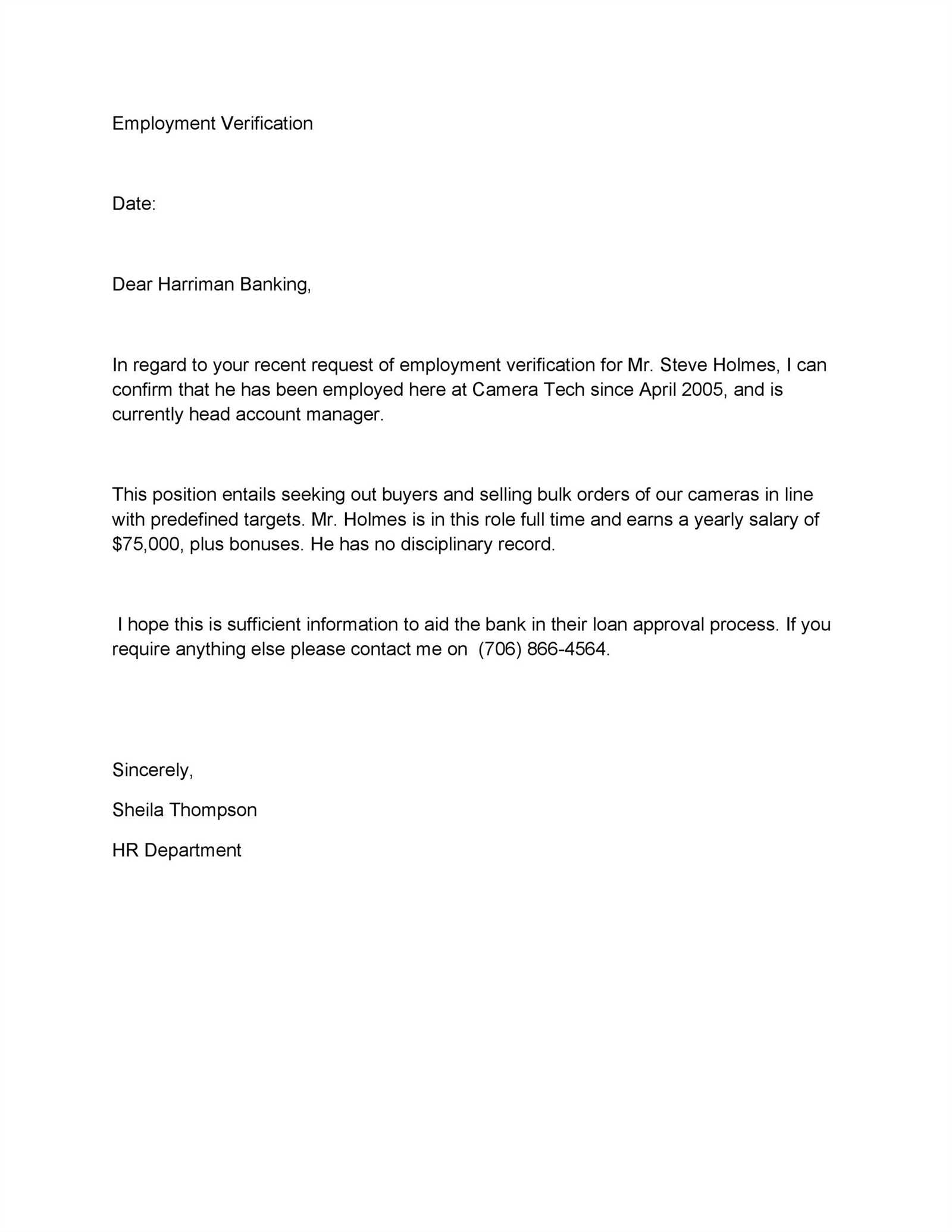
When preparing a formal agreement for a new hire, it’s important to consider the legal elements that protect both the employer and the employee. Properly addressing these legal aspects ensures that both parties understand their rights and obligations, while also preventing potential disputes. A well-drafted document that includes all necessary legal terms establishes a clear framework for the professional relationship.
Key legal factors to consider include compliance with local labor laws, data protection regulations, and any industry-specific rules that may apply. Ensuring that all terms are clear and enforceable is essential for maintaining a smooth working relationship. Moreover, the inclusion of dispute resolution procedures can further safeguard both parties in case of disagreements.
By incorporating these legal aspects, the document not only fulfills its practical purpose but also provides peace of mind for both the employer and the employee, ensuring a mutually beneficial and legally sound professional arrangement.
Best Practices for Clear Contracts
Creating a well-structured agreement is essential for ensuring that both parties understand their roles, responsibilities, and expectations. A clear contract helps prevent misunderstandings and provides a foundation for resolving any disputes that may arise. By following best practices, you can ensure the contract serves its purpose and promotes a healthy professional relationship.
One of the most important practices is to use straightforward, concise language that is easy to understand. Avoiding overly complex or legal jargon ensures that both the employer and the employee fully comprehend the terms. Additionally, it’s crucial to clearly define key terms and conditions, such as working hours, salary, benefits, and any performance expectations.
Another best practice is to ensure that all agreements are documented in writing and both parties sign the contract. This formalizes the agreement and helps avoid any future disputes regarding the terms. Including provisions for periodic reviews and updates of the contract can also ensure it remains relevant over time.
Adapting Documents for Various Positions
When creating a formal agreement for different roles within an organization, it is important to tailor the content to the specific position. Each job comes with its own set of responsibilities, expectations, and requirements, and the document should reflect these unique aspects. Customizing the content ensures that the terms are relevant and clear for both the employer and the employee.
For example, a managerial role may require more detailed provisions regarding leadership responsibilities, decision-making authority, and performance expectations. On the other hand, an entry-level position might focus more on training, probation periods, and day-to-day duties. By aligning the document with the nature of the job, you ensure that both parties are fully informed and prepared for the professional relationship ahead.
Adapting the agreement to suit the specific position also means including relevant legal considerations, such as job-specific benefits, travel allowances, or flexible working arrangements. This personalized approach helps set clear expectations and minimizes the potential for misunderstandings throughout the course of employment.
Common Errors to Avoid in Employment Documents
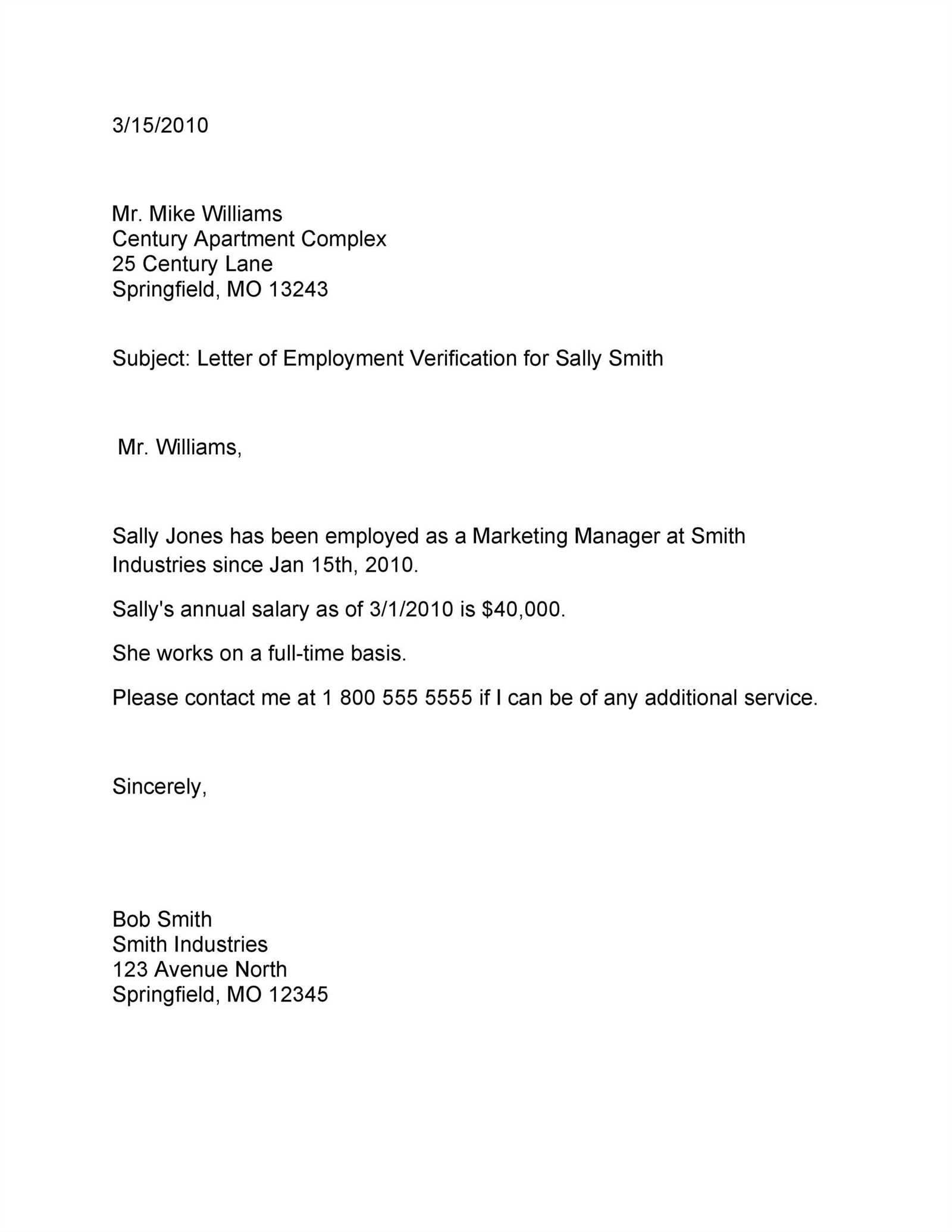
When drafting formal agreements, it’s important to be aware of common mistakes that can lead to confusion or legal complications. Errors in these documents can undermine the clarity and enforceability of the terms, potentially causing issues for both the employer and the employee. Recognizing and avoiding these pitfalls ensures that the document serves its intended purpose effectively.
Ambiguous Terms and Conditions
One of the most common mistakes is using vague language that leaves room for interpretation. It is crucial to clearly define all key terms, such as job responsibilities, compensation, and benefits. Ambiguity in these areas can lead to misunderstandings and disputes over expectations. Using precise language eliminates uncertainty and helps both parties fully understand their rights and obligations.
Failure to Update Terms Regularly
Another frequent error is neglecting to update the document as circumstances change. As roles evolve or legal regulations shift, it’s important to review and revise the document accordingly. Failing to make necessary updates can lead to outdated or non-compliant terms, which can cause complications in the future. Regularly revisiting and adjusting the agreement helps ensure that it remains relevant and legally sound.